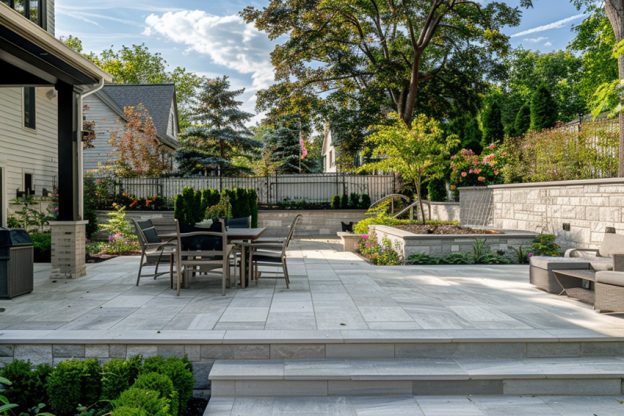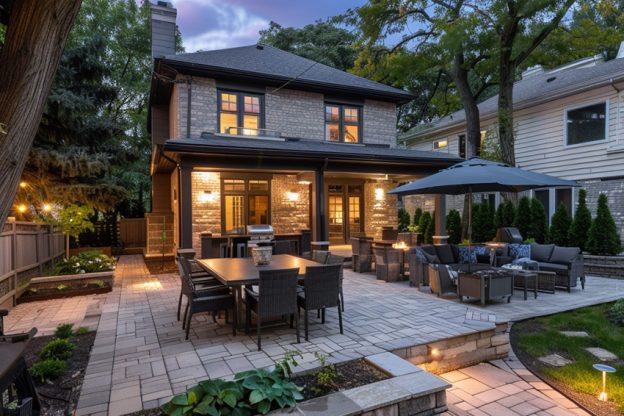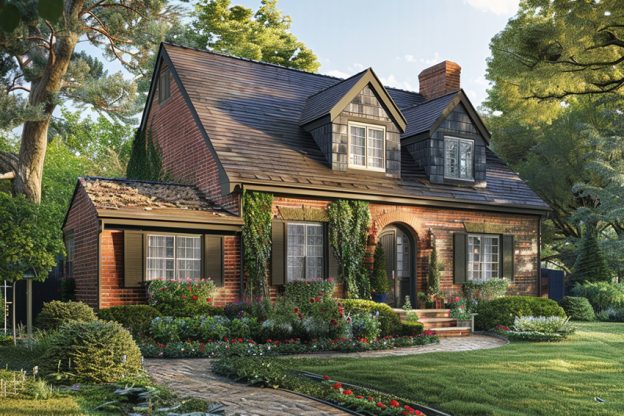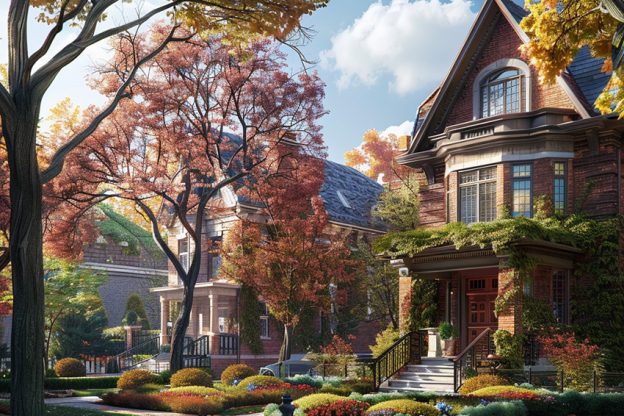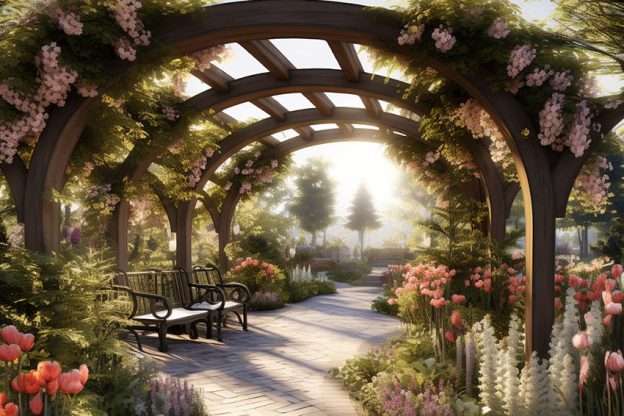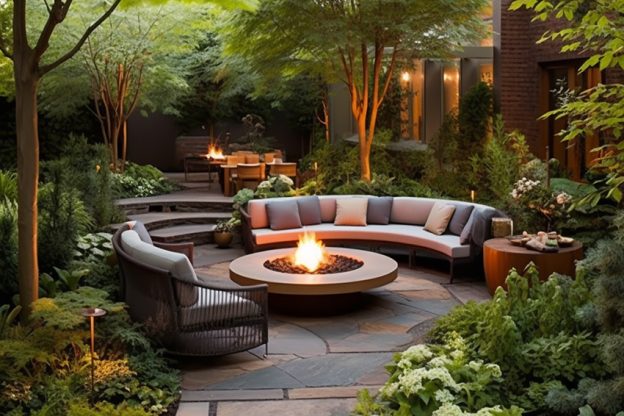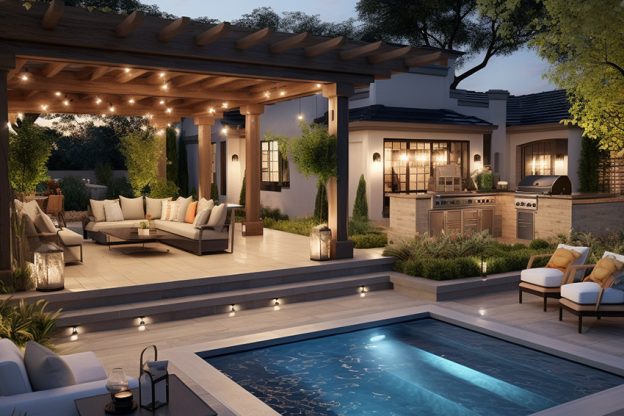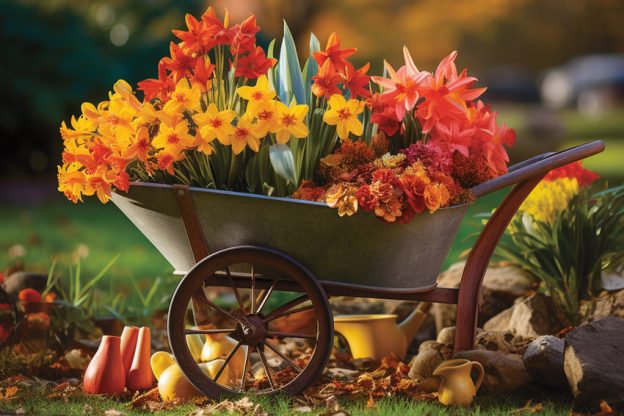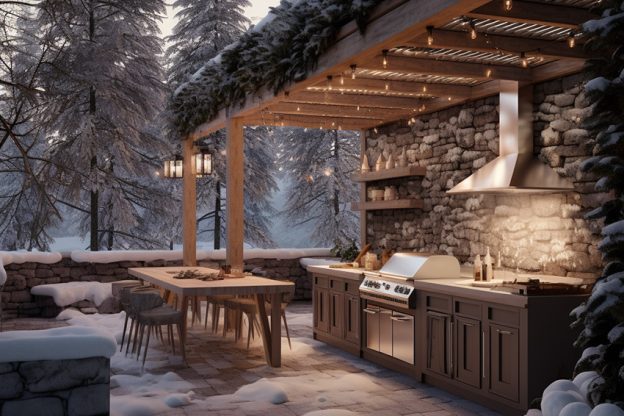In recent years, the concept of outdoor living has undergone a remarkable transformation. What was once a simple patio or deck has evolved into elaborate, multifunctional spaces that seamlessly blend the comforts of indoor living with the beauty of the outdoors. From cozy lounging areas to gourmet outdoor kitchens, the possibilities for creating innovative outdoor living spaces are endless. Explore the journey from design inspiration to the realization of these extraordinary outdoor retreats.
Designing Your Vision:
The first step in creating an innovative outdoor living space is envisioning the possibilities. Whether you are starting from scratch or looking to enhance an existing area, thoughtful planning and creative design are essential. Consider how you intend to use the space – will it be primarily for relaxing and entertaining, or do you have specific activities in mind, such as cooking or gardening? Take inspiration from your home’s architecture, natural surroundings, and personal style preferences to develop a vision that reflects your unique lifestyle.
Exploring Design Elements:
Once you have a clear vision in mind, it is time to explore the design elements that will bring your outdoor living space to life. Start by defining functional zones within the area, such as dining, lounging, cooking, and recreational spaces. Next, consider the materials, textures, and colors that will complement your design aesthetic. From natural stone and wood to sleek metal and glass, the choices are virtually limitless. Incorporating landscaping elements such as plants, trees, and water features can further enhance the ambiance and create a sense of tranquility.
Innovative Features:
What sets innovative outdoor living spaces apart are the unique features and amenities that elevate the experience to new heights. Consider incorporating cutting-edge technologies such as outdoor audiovisual systems, automated lighting, and climate control solutions to enhance comfort and convenience. Gourmet outdoor kitchens equipped with state-of-the-art appliances, built-in grills, and ample counter space allow for seamless entertaining and culinary adventures. Fire pits, fireplaces, and outdoor heaters extend the usability of the space into cooler evenings, creating cozy gathering spots for friends and family.
Bringing Your Vision to Life:
With a well-defined design plan in hand, it is time to turn your vision into reality. Partnering with a reputable landscape designer like Martin John Company who specializes in outdoor living spaces can streamline the process and ensure a successful outcome. Collaborate closely with your chosen professionals to refine the design, select materials, and coordinate construction timelines. Throughout the implementation phase, stay actively involved and communicate openly to address any challenges or adjustments that may arise.
The Joy of Outdoor Living:
As the final touches are put in place and your innovative outdoor living space comes to fruition, the true joy of outdoor living begins. Whether you are hosting al fresco dinner parties, unwinding with a good book on a sunny afternoon, or gathering around the fire pit under the stars, your outdoor retreat becomes a sanctuary for relaxation, rejuvenation, and connection with nature. Cherish these moments and embrace the endless possibilities that your innovative outdoor living space has to offer.
Sustainability and Environmental Considerations:
In the pursuit of innovation, it is important to prioritize sustainability and environmental responsibility. Choose eco-friendly materials, implement water-saving irrigation systems, and incorporate native plants to minimize your ecological footprint and promote biodiversity. By embracing sustainable practices, you can enjoy your outdoor oasis with peace of mind, knowing that you are contributing to a healthier planet for future generations.
Conclusion:
Innovative outdoor living spaces represent the pinnacle of modern design and lifestyle luxury. From initial inspiration to final realization, the journey involves careful planning, creative vision, and meticulous execution. By incorporating innovative features, thoughtful design elements, and sustainable practices, you can create an outdoor retreat that transcends the ordinary, offering endless opportunities for relaxation, entertainment, and connection with the natural world.


